Related Research Articles

The Middle Kingdom of Egypt is the period in the history of ancient Egypt following a period of political division known as the First Intermediate Period. The Middle Kingdom lasted from approximately 2040 to 1782 BC, stretching from the reunification of Egypt under the reign of Mentuhotep II in the Eleventh Dynasty to the end of the Twelfth Dynasty. The kings of the Eleventh Dynasty ruled from Thebes and the kings of the Twelfth Dynasty ruled from el-Lisht.

Amenemhat I also Amenemhet I and the hellenized form Ammenemes, was the first ruler of the Twelfth Dynasty, the dynasty considered to be the golden-age of the Middle Kingdom of Egypt. He ruled from 1991 BC to 1962 BC.
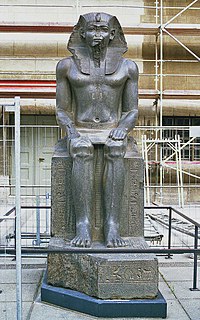
Nubkaure Amenemhat II was the third pharaoh of the 12th Dynasty of ancient Egypt. Although he ruled for at least 35 years, his reign is rather obscure, as well as his family relationships.

Beni Hasan is an ancient Egyptian cemetery. It is located approximately 20 kilometers (12 mi) to the south of modern-day Minya in the region known as Middle Egypt, the area between Asyut and Memphis.

Khnumhotep and Niankhkhnum were ancient Egyptian royal servants. They shared the title of Overseer of the Manicurists in the Palace of King Nyuserre Ini, sixth pharaoh of the Fifth Dynasty, reigning during the second half of the 25th century BC. They were buried together at Saqqara and are listed as "royal confidants" in their joint tomb. They are notable for their unusual depiction in Egyptian records, often interpreted as the first recorded same-sex couple, a claim that has met considerable debate.

Neferure was an Egyptian princess of the Eighteenth Dynasty of Egypt. She was the daughter of two pharaohs, Hatshepsut and Thutmose II. She served in high offices in the government and the religious administration of Ancient Egypt.

Neferuptah or Ptahneferu was a daughter of the Egyptian king Amenemhat III of the 12th Dynasty. Her sister was the Pharaoh Sobekneferu.

Satiah was an ancient Egyptian queen, the Great Royal Wife of Thutmose III.

Khnumhotep III was an ancient Egyptian high steward and vizier of the 12th Dynasty.
Hemetre (Hemetra) was an ancient Egyptian royal woman of the Fourth Dynasty. Hemetre may have been a daughter or granddaughter of Khafre. She did not hold the title king's wife and may have even married a non-royal. She is mainly known from her tomb, which is located in the central field of Giza. Her name honors the god Ra.

Women in ancient Egypt had some special rights other women did not have in other comparable societies. They could own property and were, at court, legally equal to men. However, Ancient Egypt was a society dominated by men and was patriarchal in nature. Women could not have important positions in administration, though there were female rulers and even female pharaohs. Women at the royal court gained their positions by relationship to male kings.
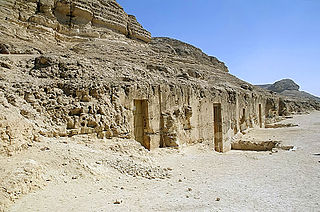
Baqet III was an ancient Egyptian official and Great Chief of the Oryx nome during the 11th Dynasty in the 21st century BCE. Apart from the position of governor of the entire nome, Baqet III also held the titles haty-a, treasurer of the king of Lower Egypt, confidential friend, true royal acquaintance, and mayor of Nekheb.
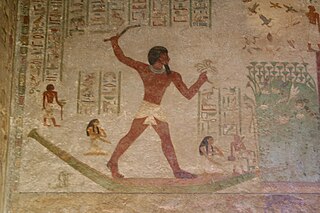
Khnumhotep II was an ancient Egyptian Great Chief of the Oryx nome during the reign of pharaohs Amenemhat II and Senusret II of the 12th Dynasty, Middle Kingdom. He is well known for his tomb at Beni Hasan and its decorations.
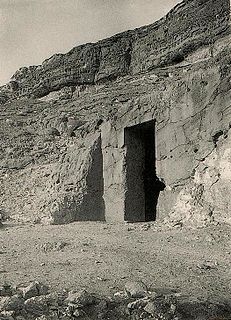
Khnumhotep I was an ancient Egyptian Great Chief of the Oryx nome during the reign of Pharaoh Amenemhat I of the 12th Dynasty, Middle Kingdom.
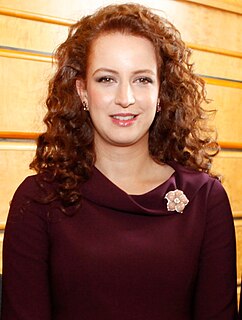
Lalla is an Amazigh word meaning "Lady", "My lady", "Miss." or "Mrs.". The honorific title "Lalla" is used all over North Africa, especially in Morocco, Algeria, Tunisia, Mauritania, and Libya to politely address or mention any woman. The title "Lalla" is also used by Moroccans to politely greet or call any unknown or adult woman as a placeholder for her name. If the respected or adult woman is known to the person, he or she would address her using the title "Lalla" before using her personal name or family name.
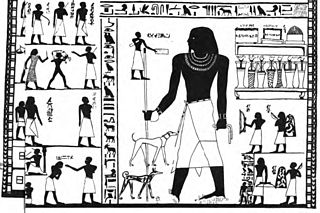
Amenemhat, often reported with his short form Ameny (Jmnjj), was an ancient Egyptian "Overlord of the Oryx nome" and chief priest during the reign of pharaoh Senusret I of the 12th Dynasty.

The Oryx nome was one of the 42 nomoi in ancient Egypt. More precisely, it was the 16th nome of Upper Egypt. It was named after the Scimitar oryx, and was roughly located in the territories surrounding the modern city of Minya in Middle Egypt.

Netjernakht was an Ancient Egyptian official known from his tomb chapel at Beni Hasan in Middle Egypt. He lived most likely in the Twelfth Dynasty. His exact date and position are disputed.

Khety was an ancient Egyptian local governor of the Oryx nome in Middle Egypt in the Twelfth Dynasty. He is only known from his decorated tomb chapel at Beni Hasan. In the decoration of his tomb chapel appear several inscriptions providing the name and titles of Khety. He was great overlord of the entire Oryx nome. This is the main title of the local governors of the Oryx nome. Other titles include count (Haty-a), royal sealer, sole friend, king's acquaintance, who is in the chamber, who belongs to Nekhen and overlord of Nekheb, but also overseer of troops at all secret places. Not much is known about his family. His father was a person called Baqet, his wife was called Khnumhotep and there is one son attested with the name Khety. Naguib Kanawati wonders whether Khety was the son of Baqet III. The latter's tomb and those of Khety share the same plan and are close to each other.
Nakht was an ancient Egyptian local governor in Men'at Khufu in Middle Egypt in the Twelfth Dynasty. He is known from his decorated tomb chapel at Beni Hasan. The decoration of his tomb chapel is most likely unfinished. Only one wall is partly decorated with paintings, showing him standing in front of workers in the marshes. The inscriptions there provide the name and titles of Nakht. He was mayor and overseer of the eastern desert. Nakht is also mentioned in the tomb chapel of Khnumhotep II (BH3). In his chapel is a long biographical inscription reporting on the life of the governor but also on his family. There is stated that Khnumhotep I installed Nakht as governor in Men'at Khufu.
References
- ↑ Miral Lashien, Anna-Latifa Mouradː Beni Hassan, Volume V, The Tomb of Khnumhotep I, Oxford 2019 ISBN 978-0-85668-842-3, p. 14
- ↑ Percy Newberry, Beni Hasan. Part 1. London, England: Kegan Paul, Trench, Tubner & Co., Ltd., 1893, pp. 8-9 Available online
- ↑ Miral Lashien, Anna-Latifa Mouradː Beni Hassan, Volume V, The Tomb of Khnumhotep I, p. 18